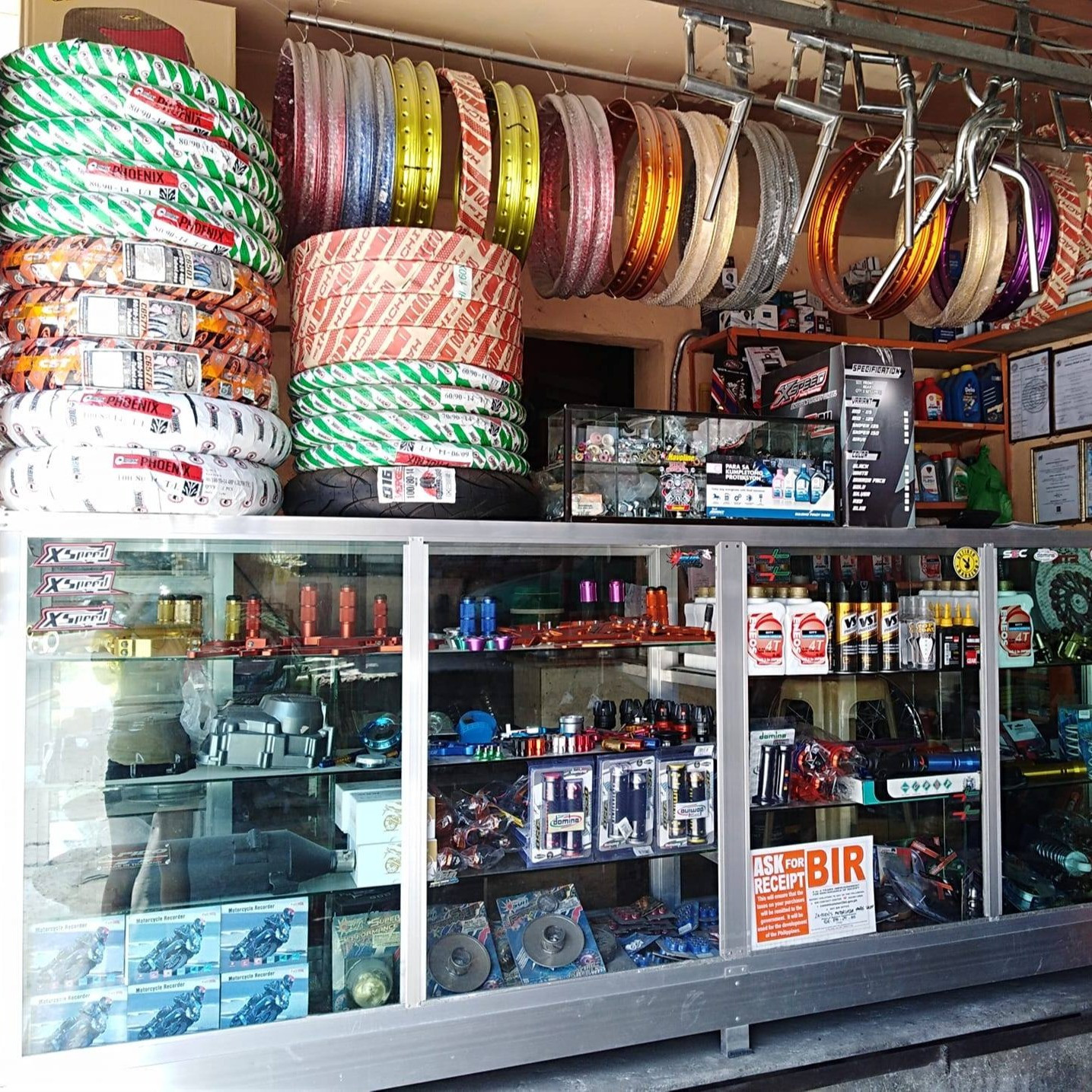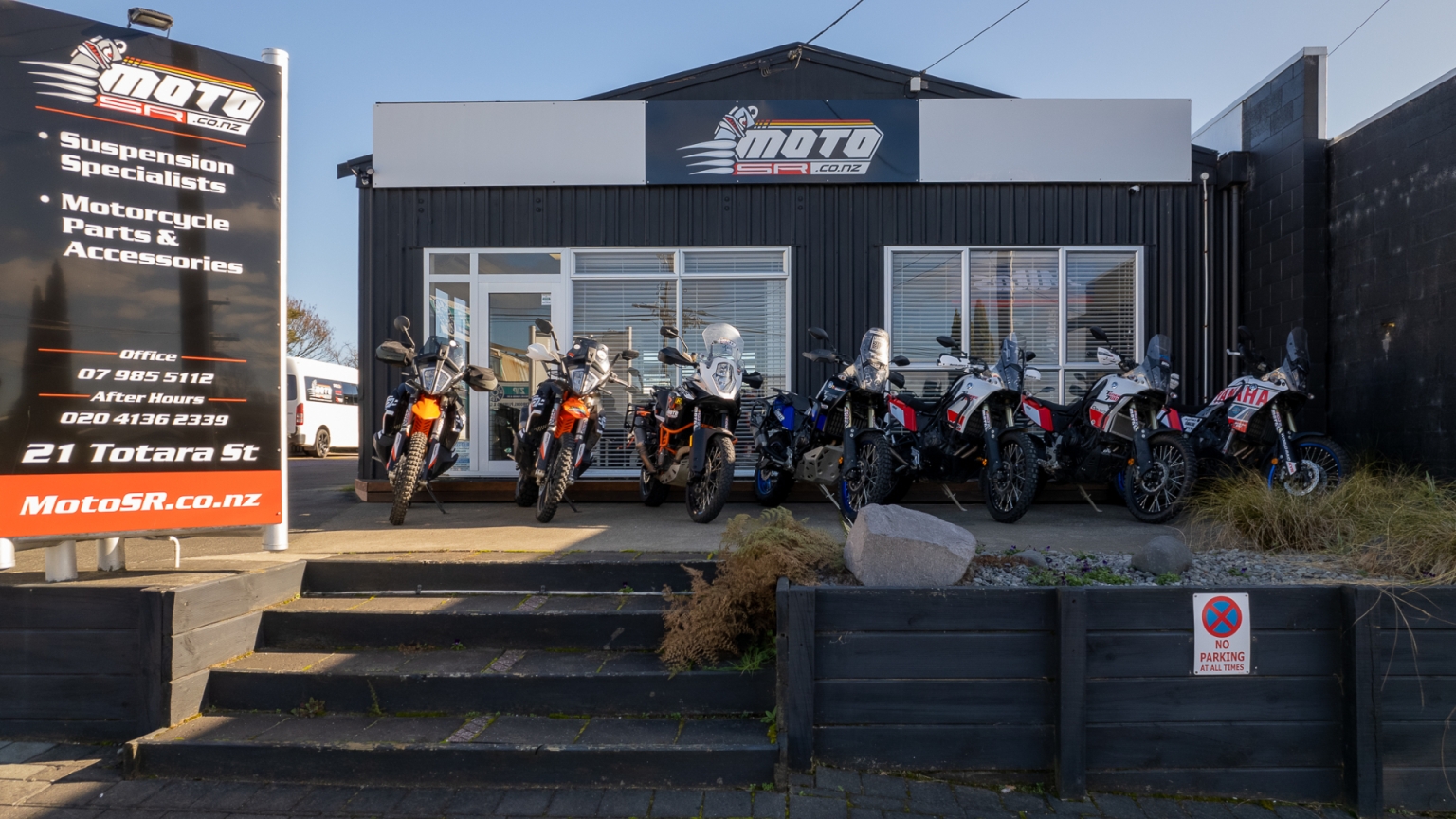Recognizing the Vital Parts of a Motorbike: A Comprehensive Overview for Enthusiasts
For bike enthusiasts wanting to boost their riding experience and ensure their bikes run smoothly, recognizing the essential elements of a bike is paramount. Each aspect, from the engine's detailed workings to the crucial function of the braking systems, not just affects efficiency but likewise security and comfort. This overview will certainly go through the fundamental parts that every motorcyclist must recognize with, making it possible for informed choices in both maintenance and prospective upgrades. As we start this expedition, one must ask: just how does each part connect to develop the smooth adventure every fanatic looks for?
Engine Elements

The camshaft plays a crucial function in controlling the timing of the engine's shutoffs, ensuring the accurate opening and closing essential for efficient gas and air consumption, in addition to exhaust expulsion. This timing is essential to preserving optimum engine performance and efficiency. In addition, the carburetor or fuel shot system, depending on the motorbike model, is accountable for blending air with fuel in the appropriate ratio for combustion.
The air conditioning system, either air or liquid-based, functions to keep the engine's temperature level within functional limits, avoiding getting too hot and making certain long life - mx gear nz. Each component, diligently developed and incorporated, contributes to the seamless operation of the engine, defining the motorbike's power outcome and general efficiency
Transmission System
Indispensable to the motorbike's capability, the transmission system ensures efficient power transfer from the engine to the wheels. This system comprises a number of important parts, consisting of the clutch, gearbox, and final drive, each playing a crucial duty in equating the engine's power into activity. The clutch, commonly run by a hand lever, offers to disengage the engine and involve from the transmission, permitting for smooth gear modifications and regulated velocity.
The transmission, typically described as the transmission proper, includes a collection of equipments that riders can by hand change via to readjust the bike's rate and torque result. These equipments are set up in a series that allows the bike to increase smoothly and maintain optimum engine performance throughout numerous speeds. Most motorbikes make use of a consecutive gearbox, requiring the rider to move gears in a fixed order.
Braking Systems
While recognizing the transmission system is crucial to utilizing a motorcycle's power, similarly essential is the ability to regulate and stop that power efficiently, which is where braking mechanisms enter into play. Brakes are critical for security and efficiency, offering the cyclist with the required control to navigate various surfaces and conditions. Commonly, motorcycles include two kinds of braking systems: disc brakes and drum brakes.
Disc brakes are more common in modern-day bikes because of their premium performance. They include a brake disc, caliper, and pads. When activated, the caliper presses the brake pads against the spinning disc, transforming kinetic energy right into warmth, therefore slowing the wheel. This system provides far better heat dissipation, constant efficiency, and improved quiting power, especially in wet problems.
Conversely, drum brakes, though less typical, are still located in some motorcycles. They work by pressing brake shoes versus the internal surface area of a drum connected to the wheel. While generally much less efficient in warm dissipation and quiting power, drum brakes are less complex and more cost-efficient.
Understanding these braking systems' nuances enables cyclists to maintain their motorcycles correctly and appreciate the engineering that makes sure secure and reliable quiting.
Suspension and Guiding
Suspension and guiding systems are essential parts that significantly influence a motorcycle's handling and adventure comfort. The site web shock absorber, containing forks at the front and shock absorbers at the back, takes in road irregularities, boosting security and control. Front forks, upside down or normally telescopic, compress and rebound to minimize influences, while back shock absorbers preserve tire contact with the road, important for traction and safety.
Steering, focused around the handlebars, connects the biker to the bike's directional control. The steering head bearings make certain smooth operation, allowing accurate maneuverability. Correct placement and upkeep of these bearings are crucial for foreseeable guiding reaction and minimizing rider exhaustion.
The suspension's adjustability is an additional vital facet; preload, damping, and rebound settings allow modification to fit different riding styles and conditions. This adaptability is essential for optimizing efficiency, whether navigating urban roads or taking on tough tracks. Advancements like electronic shock absorber offer real-time changes, enhancing ride top quality across varied surfaces.

Electrical Solutions
After making sure a regulated and smooth trip through effective suspension and guiding systems, attention transforms to the electrical systems, a crucial element of contemporary motorcycles. These systems play a vital role not just in beginning the engine yet likewise in powering different parts that improve the performance and safety and security of the bike.
At the heart of a bike's electric system is the battery, which shops electrical power required for starting the engine and powering complementary systems - moto parts nz. The generator or generator, paired with the rectifier-regulator, ensures the battery remains billed while the motorcycle functions, transforming mechanical power into electric energy and preserving voltage degrees
The ignition system, one more important part, is accountable for stiring up the air-fuel mixture in the engine's cylinders. Modern motorbikes usually utilize an electronic ignition system, offering higher performance and reliability compared to traditional systems.
Lighting systems, including headlights, tail lights, and indicators, are also vital, making sure exposure and safety and security for the cyclist. Added digital parts such as sensing units, control systems, and presents contribute to innovative features like gas shot administration, anti-lock stopping systems (ABDOMINAL MUSCLE), and electronic dashboards, even more enhancing the riding experience.
Conclusion
A thorough comprehension of look what i found a motorcycle's essential elements, consisting of the engine, transmission system, stopping mechanisms, suspension, steering, and electrical systems, is indispensable for enthusiasts intending to maximize comfort, safety and security, and performance. Proficiency of these aspects permits informed decisions concerning upkeep and upgrades, ultimately boosting the riding experience. By integrating this understanding, motorcyclists can ensure their motorcycles operate at peak effectiveness and dependability, thereby maximizing both satisfaction and long life of their cars.
For bike enthusiasts looking to raise their riding experience and ensure their bikes run smoothly, comprehending the crucial components of a motorbike is paramount.Essential to the motorcycle's capability, the transmission system guarantees efficient power transfer from the engine to the wheels.While understanding the transmission system is vital to using a motorcycle's power, additional hints just as essential is the capability to regulate and quit that power successfully, which is where braking devices come into play. Generally, motorcycles include two types of braking systems: disc brakes and drum brakes.
An extensive comprehension of a motorcycle's crucial elements, consisting of the engine, transmission system, stopping devices, suspension, steering, and electrical systems, is vital for fanatics intending to optimize safety, convenience, and performance.